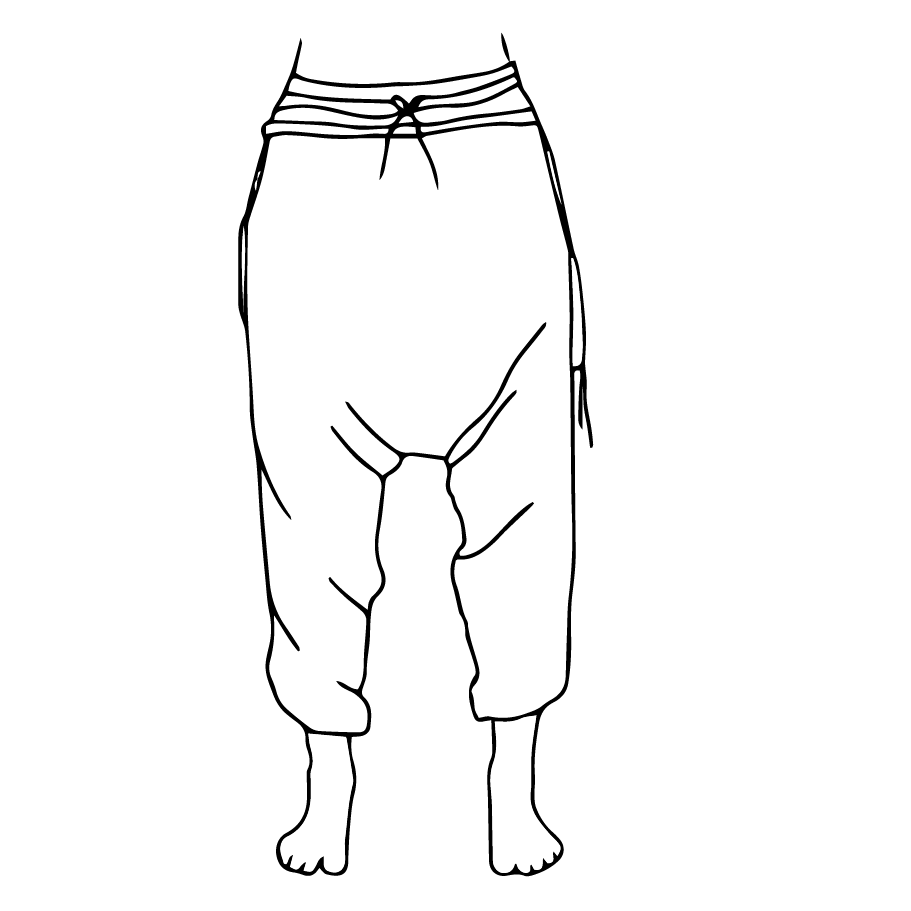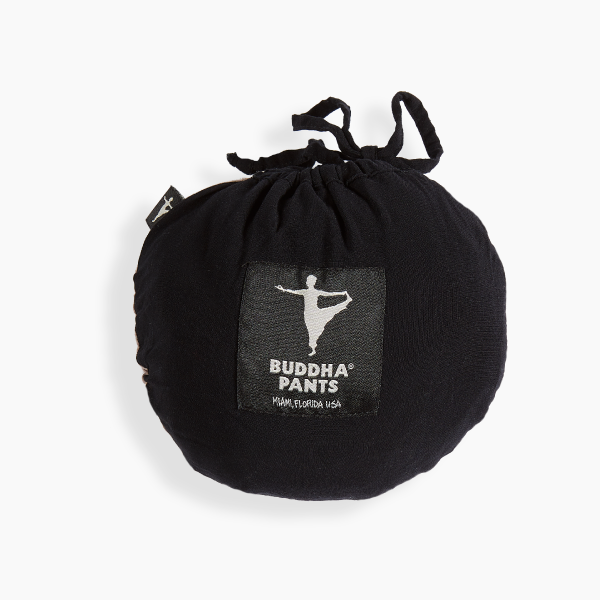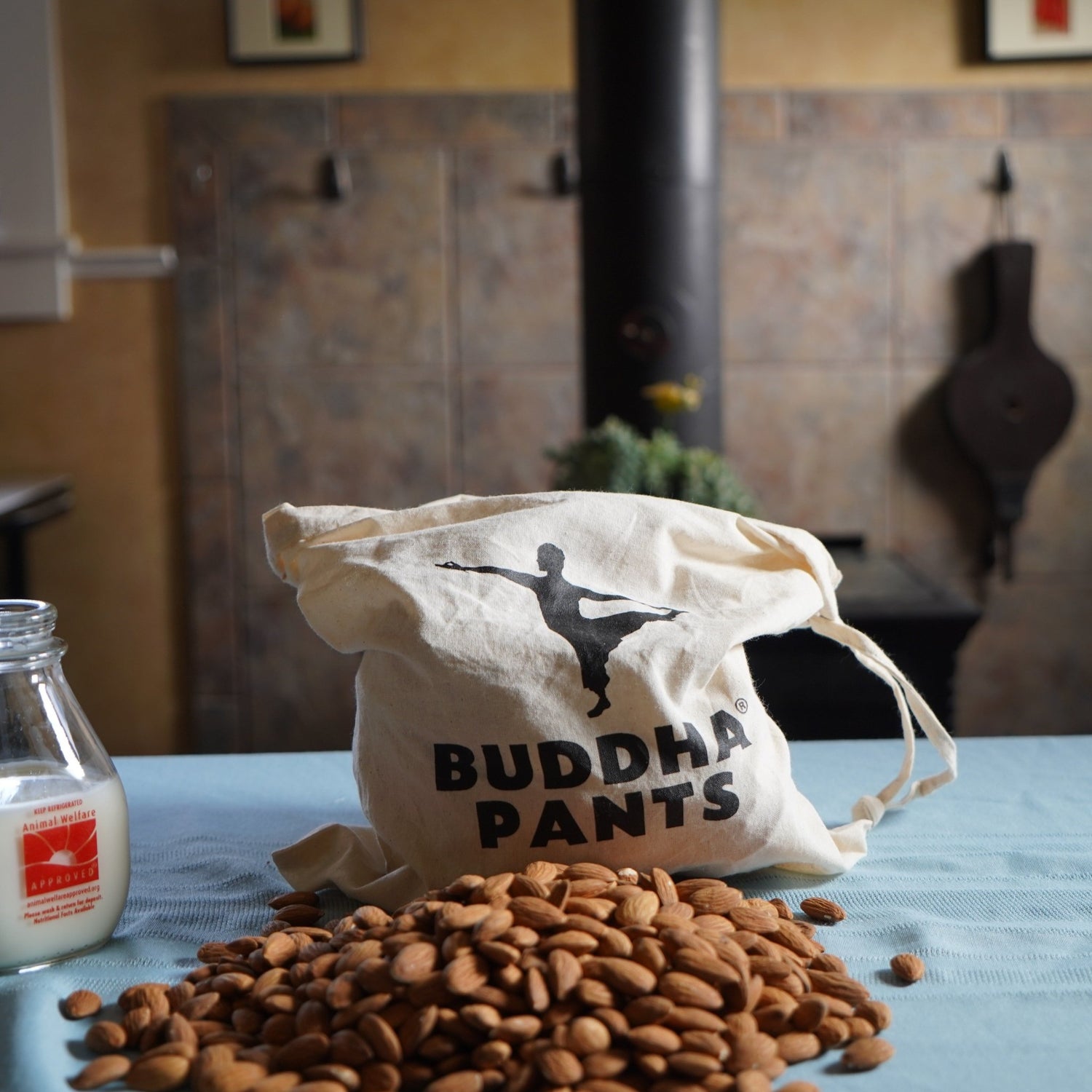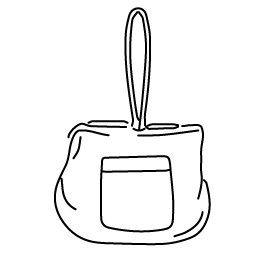Almond milk anyone? Soy? The popularity of dairy alternatives has spiked exponentially over the last decade as statistically speaking, 1 in 4 people have been proven to be dairy intolerant and are not in a position to dabble in what has become a staple in the American diet. We can look not only to the many Asian cultures who have reaped the benefits of a dairy free diet for centuries, but also to the increase in inflammatory diseases that are ravaging those cultures that have become heavily reliant on milk products as source of calcium. So here is a break down of some pros and cons in the world dairy alternatives.
Soy milk is made with either soybeans or soy protein isolate, but beware of canola and palm oils that may be used as thickeners to recreate a similar creamy consistency to traditional dairy and are linked to inflammation. Soy milk typically has a mild and creamy flavor and may also be purchased in Vanilla or Chocolate varieties to name a few. One 8 oz cup of unsweetened soy milk contains 75 calories, 4 grams of fat, 8 grams of protein, 4 grams of carbohydrates, and it provides all the essential amino acids. In moderation, soy milk is a stellar alternative but it has been linked to estrogen imbalances when consumed in high quantities.
Almond milk is made with either whole almonds or ground almonds and water, which makes for a light texture and not surprisingly a sweet and nutty flavor. Almond milk is great in smoothies and cereal but may not hold up to the acidity in coffee or tea. One 8 ounce cup of unsweetened almond milk contains 30-35 calories 9 significantly less than that of cow's milk or soy milk, 2.5 grams of fat, 1 gram of protein and 1–2 grams of carbohydrates. It's an excellent source of vitamin E and antioxidants, however, because it contains phytic-acid, it can prevent the absorption of iron, zinc, and calcium.
Coconut milk is made from water and the white pulp of brown coconuts. ( Side note- Silk brand sells a delicious almond-coconut blend!) Coconut milk alone has a smooth texture and subtly sweet flavor. It’s a strong substitute in cereal, baking, savory cooking, and it stands alone quite nicely as well. One 8 ounce cup contains 45 calories, 4 grams of fat, no protein and almost no carbohydrates, ranking it dead last as a source of protein. About 80 percent of its calories come from saturated fat, including a type of saturated fat known as medium-chain triglycerides.
Oat Milk
In its most basic form, oat milk is made from a mixture of oats and water, how ever I’d be remiss if I didn’t mention that some manufacturers add emulsifiers and palm oils to improve texture and consistency, so read labels if you have sensitivities to these ingredients. Oat milk is naturally sweet and mild and is best used in smoothies or enjoyed on its own. One eight ounce cup contains 140–170 calories, 4.5–5 grams of fat, 3 grams of protein and 24 grams of carbohydrates. Oats contain a substantial amount of fiber and beta-glucan which binds to cholesterol and prohibits its absorption which is a huge plus- particular LDL cholesterol.
































Leave a comment
This site is protected by hCaptcha and the hCaptcha Privacy Policy and Terms of Service apply.